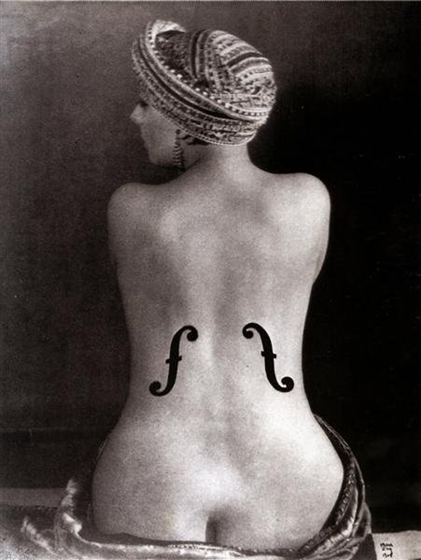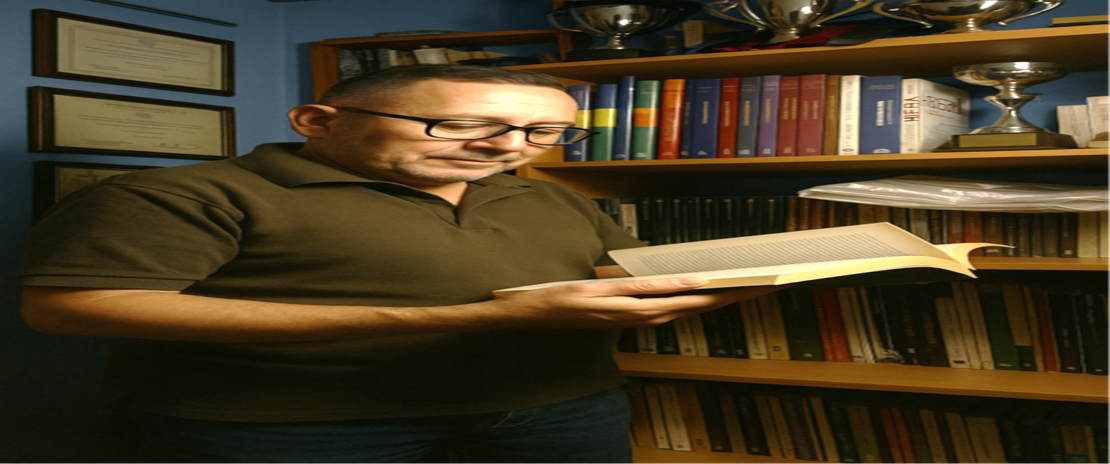“No toda espalda guarda silencio; algunas vibran como violines.”
Saludos a esta hermosa comunidad. Hoy me he dado la oportunidad de escribir esta prosa poética como parte de mi participación en el concurso promovido por la comunidad de Literatos en homenaje al artista Man Ray. Siempre agradeceré estos espacios que, mediante iniciativas como estas, nos dan la oportunidad de explorar nuevas formas de expresión y rendir tributo, desde nuestras palabras, al arte que trasciende el tiempo.
Quiero enviar un saludo a @arzkyu97 y a @leopard0, e invitarles a unirse a esta magnífica actividad. Además, a todos aquellos que deseen participar en tan interesante propuesta, les invito a darle clic en el siguiente enlace:Clic Aquí

La luz como oráculo
En los Andes merideños, donde el viento compone sinfonías con las piedras que se esconden bajo los enormes pinos, Pacha no fotografía lo visible: interpreta lo inaudito. No es hechicera por linaje, sino por oído. Su cámara no capta imágenes, sino frecuencias. Y cada cuerpo que retrata vibra como un instrumento afinado por el alma.
Una noche, el cóndor —ese violonchelo del cielo— se posa en su ventana y deja caer un rollo de celuloide, como si entregara una partitura sellada. Al revelarlo, no aparece un paisaje con niebla ni un rostro chamuscado por el frío, sino la espalda de una mujer. Desnuda. Sagrada. En ella, dos efes negras se curvan como notas suspendidas. El cuerpo, ahora, es violín. Y la piel, partitura.
Pacha observa la imagen. No con los ojos, sino con el pecho tapado por la ruana. Y escucha. Sí, escucha. Porque esa fotografía no habla: resuena. Es un eco de algo que aún no ha sucedido, una melodía que anuncia un eclipse —no de sol, sino de certeza. Sabe que debe seguir ese sonido para descifrar su armonía secreta.
En su viaje —más auditivo que visual—, los rostros de sus retratados le muestran acordes en sueños. El niño con cachetes quemados ríe en tono menor, la anciana cansada de subir empinadas laderas canta en contrapunto. Cada imagen es una cuerda que, al tocarla, abre un portal. Pero no al pasado, ni al futuro. A esa grieta que se abre justo cuando el alma se reconoce en su reflejo.
Y entonces entiende: el cuerpo no es objeto. Es oráculo.
Man Ray lo sabía. Por eso convirtió una espalda en un instrumento. Porque detrás de cada curva hay una historia que desea ser tocada, así sea de estas tierras de grandes alturas. Porque a veces —solo a veces— la piel no guarda memoria: la interpreta.

🔹 Si te gustó la lectura, déjame tu comentario y sigue mi blog para más poemas y relatos.
English Version
“Not every back holds silence; some vibrate like violins.”
Greetings to this beautiful community. This prose poem was created as part of my participation in the contest promoted by the Literatos community in tribute to the visionary artist Man Ray. I am always grateful for these spaces that, through initiatives like this, give us the opportunity to explore new forms of expression and to pay tribute—through our words—to art that transcends time.
I want to send greetings to @arzkyu97 and @leopard0, and invite them to join this wonderful activity. Also, to all those who wish to participate in such an interesting proposal, I invite you to click on the following link: Click Here

The Light as Oracle
In the Merida Andes, where the wind composes symphonies with the stones hidden beneath the towering pines, Pacha doesn't photograph what is visible—she interprets the inaudible. She is not a sorceress by lineage, but by hearing. Her camera doesn’t capture images, but frequencies. And every body she portrays vibrates like an instrument tuned by the soul.
One night, the condor—that cello of the sky—lands on her window and drops a roll of celluloid, as if delivering a sealed score. When developed, it does not reveal a misty landscape or a face scorched by cold, but the back of a woman. Naked. Sacred. On it, two black f-holes curve like suspended notes. The body is now a violin. And the skin, a score.
Pacha observes the image. Not with her eyes, but with her chest covered by the ruana. And she listens. Yes, she listens. Because that photograph does not speak—it resonates. It is an echo of something that has not yet happened, a melody that announces an eclipse—not of sun, but of certainty. She knows she must follow that sound to decipher its secret harmony.
In her journey—more auditory than visual—the faces of those she’s portrayed reveal chords in dreams. The boy with burned cheeks laughs in a minor key; the old woman, tired of climbing steep slopes, sings in counterpoint. Each image is a string that, when touched, opens a portal. But not to the past, nor to the future. To that crack that opens just when the soul recognizes itself in its reflection.
And then she understands: the body is not an object. It is an oracle.
Man Ray knew it. That’s why he turned a back into an instrument. Because behind every curve lies a story that longs to be played—even if it comes from these highland lands. Because sometimes—only sometimes—the skin doesn't hold memory: it interprets it.
